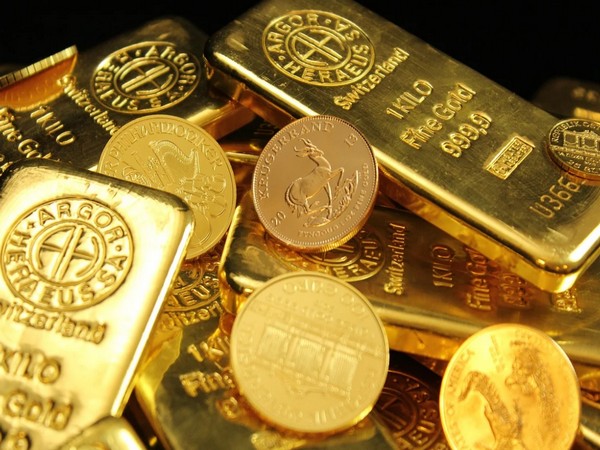Mumbai: Gold prices in India have experienced significant fluctuations over the past six months. In October 2024, prices peaked at ₹78,755 per 10 grams, driven by festive demand and global trends. However, by December, prices dropped to ₹76,328 due to a strong U.S. dollar and reduced buying in India. In January 2025, prices rebounded to ₹78,360, and by March 2025, prices surged sharply, reaching ₹89,164 per 10 grams, a 13-15% increase over the period.
Trend Summary: Over the six months, gold prices in India likely rose from ₹78,755 in October 2024 to a peak, dipped to ₹76,328 by December, recovered to ~₹78,360–80,000 in January, and surged to ₹89,164 by March 31, 2025. This represents a net increase of roughly 13–15% over the period, with significant volatility—declines in late 2024 followed by a robust rally in Q1 2025.
Causes of the Sudden surge in price of gold in March 2025
The recent sharp increase in gold prices, particularly in March, appears driven by a confluence of global and domestic factors:
1. U.S. Tariff Policies and Trade Tensions:
- Primary Driver: U.S. President Donald Trump’s tariff announcements, signaled in late March 2025 to extend to nearly all countries, have sparked recession fears and trade war concerns. Reuters (March 31, 1:44 AM UTC) described world markets in a “tailspin” as a result. Gold, a safe-haven asset, benefits from such uncertainty, pushing global prices past $3,100 per ounce.
- India Impact: While India’s physical gold imports dropped 63% year-on-year in February to $2.3 billion (per X posts), investment demand via gold ETFs has risen, with 94 tonnes added year-on-year (per @nahaani on X), amplifying price sensitivity to global spikes.
2. Geopolitical Risk and Economic Uncertainty:
- Persistent global uncertainties—e.g., ongoing conflicts, U.S. policy shifts, and a weakening U.S. dollar (down 3.4% in March per USAGOLD)—have driven investors to gold. MoneyWeek (March 27) notes central bank buying (e.g., Russia, China, India) and European investor demand as key supports, with India’s Reserve Bank adding 72.6 tonnes to reserves in 2024.
3. Low Yields and Inflation Fears:
- Declining U.S. yields amid tariff-induced recession fears make gold (which pays no interest) more attractive. Forbes (November 2024) had flagged gold’s appeal as a hedge against inflation, a trend that intensified in March 2025 as U.S. deficits and tariff costs stoked inflation expectations.
4.Domestic Factors in India:
- Despite subdued jewelry demand due to high prices (noted by @AskPerplexity on X), investment demand remains robust. The World Gold Council (January 2025) highlighted ETF inflows doubling to ₹425 billion (~$5.1 billion) in 2024, a trend likely continuing into March as equity markets falter (e.g., Asian markets down 3–4% on March 30, per X).
5.Technical Momentum:
- Gold’s breach of $3,000 per ounce globally has triggered speculative buying, amplifying the rally. J.P. Morgan Research (February 2025) predicted further inflows from untapped money market funds ($6 trillion globally), a dynamic likely playing out now.
Conclusion
Gold prices in India over the last six months have risen from ~₹78,755 to ₹89,164 per 10 grams, with a notable dip in late 2024 followed by a dramatic March 2025 surge. This up move is primarily fueled by U.S. tariff threats, geopolitical risks, a weaker dollar, and strong investment demand, despite softer physical buying in India. The rally reflects gold’s role as a hedge in a turbulent global economy.

